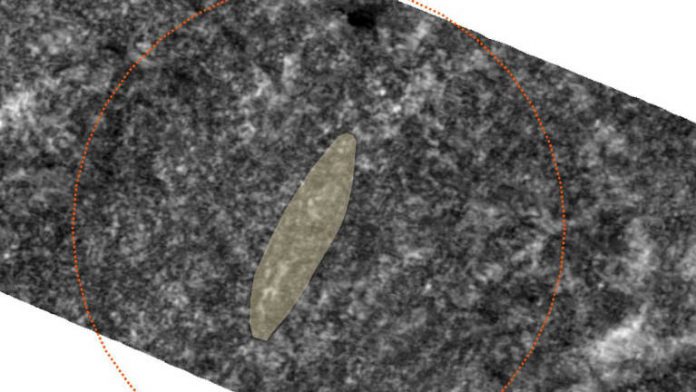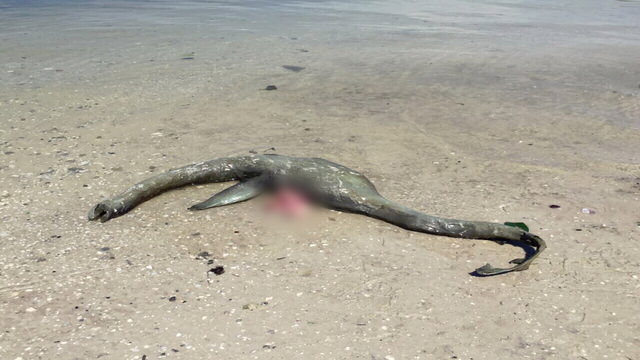Traces of a buried Viking ship have been detected in a burial site in the Vestfold county in Norway.
The rare discovery, which has been declared a “historic” moment, was made in a grave in Borreparken and could shed light on the skilled navigators’ expeditions in the Middle Ages.
Archaeologists say the area where this ship has been discovered is a region of Norway rich with Viking treasures. But the latest discovery — about 100km south of Oslo — suggests the site is a ship burial on land that served as a tomb for high-ranking individuals.
“The GPR data clearly shows the shape of a ship, and we can see weak traces of a circular depression around the vessel,” said Terje Gansum, leader of Vestfold’s department for cultural heritage management, in a statement reported by Agence France-Presse (AFP). “This could point to the existence of a mound that was later removed.”
The Vikings, northern European warriors and merchants who sailed the seas between the 8th and 11th century, would bury their kings and chiefs aboard a boat hoisted onshore and left under a mound of earth.
Only three Viking ships in good condition have been discovered in Norway in the past, including the well-preserved Oseberg ship discovered in 1903. All three of them are now exhibited in a museum near Oslo.
While archaeologists have no plans to unearth the ship, they will be using tools and methods to learn more about the wreck and further understand the Viking culture’s rituals.
“It’s not every day we find a new Viking ship, so this is really exciting,” local Vestfold County Governor Rune Hogsnes told reporters.
“For us locals, it’s no surprise. A lot of treasures from the Viking times are hidden under the turf in our county.”
The radar images reveal a “boatform” believed to be at least 15 metres long, but it’s unclear how much of the vessel has been preserved.
“It is not yet possible to answer how much it is preserved under the peat,” Terje Gansum, section manager for cultural heritage in Vestfold county, said.
“We are now going to investigate the find with several non-invasive methods and repeat the use of the radar.”
Seven ship burials have been registered in Europe dated to the Viking Age (AD 800-1050), and three of them were located in Vestfold county.
In October 2018, a longboat was detected about 50 centimetres underground in a tumulus (burial mound) with the use of a ground-penetrating radar.
National Geographic reports archaeologists had thought any remains in the local fields would have long since been destroyed by farmers’ ploughs.
But this survey using ground-penetrating radar found evidence about eight more large graves — some 27m across — as well as the outline of the 20m longboat’s hull.
“We need more discoveries to explain what these boats looked like and how the Vikings would sail,” Knut Paasche, an archaeologist at the Norwegian Institute for Cultural Heritage Research (NIKU), told AFP.













